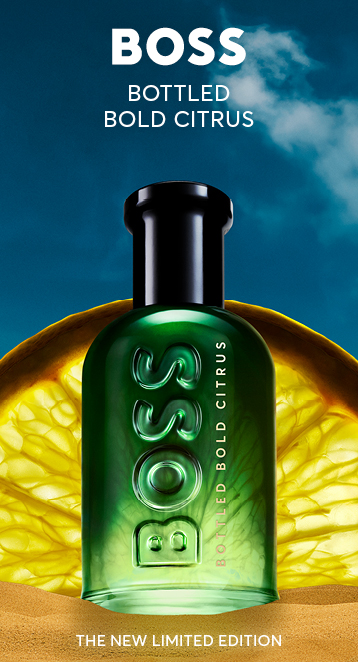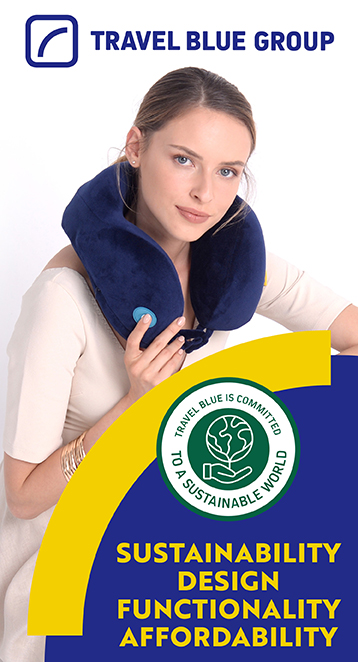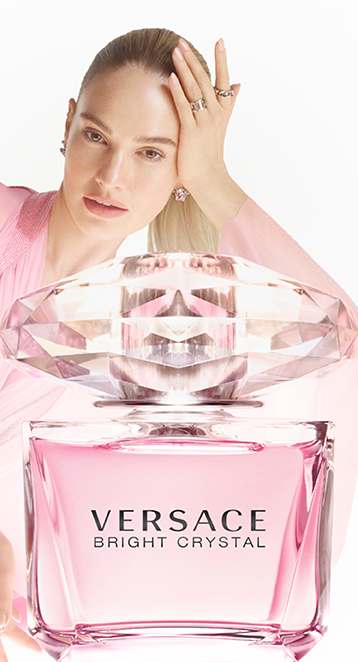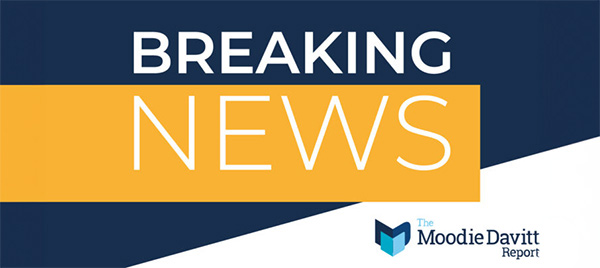We feature further talking points from Gebr. Heinemann’s recent press conference in Hamburg, at which senior executives discussed 2024 performance (sales climbed above €4 billion for the first time), company growth plans and their views on regional and global markets.
Click here for part one of our take-outs from the event.
Click here for part two.
Click here for part three.
In this final part, Heinemann category managers advise how they are adding fresh impetus to key product sectors through innovation and experiences.
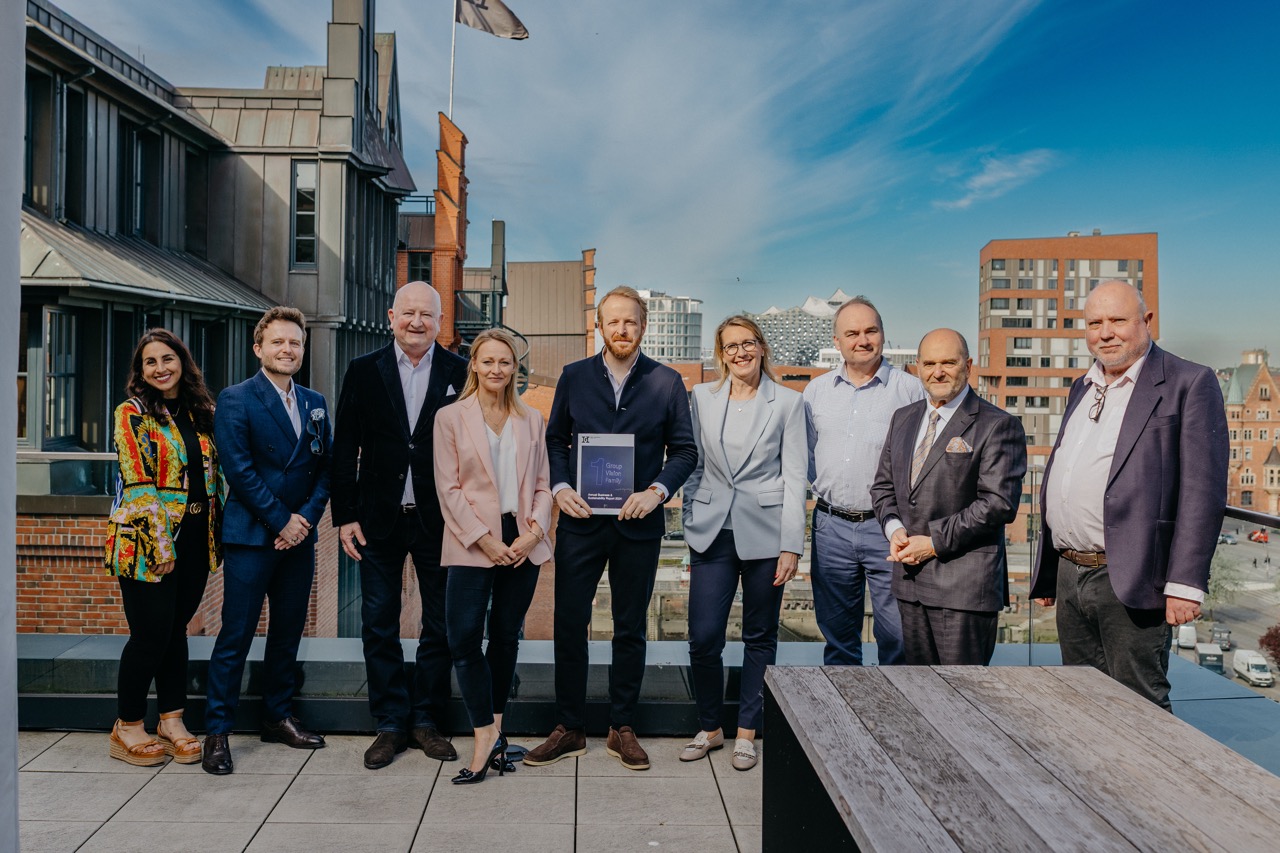
Talking Point – The new shopper experience
A fascinating session on how Gebr. Heinemann is seeking to interest, engage and remain relevant to a changing customer audience through fresh category experiences followed the press conference with senior management.
Head of Sales Experience Frederike Lena Basala talked to media guests about coming closer to the shopper at a time when travellers’ expectations have changed.
“If you really want to be customer-centric, you need to know where your customer is in store, how to attract, inspire, engage and convert them.” That, she explained, means great data, curated, tailored assortments and also freeing up front-line teams to spend time with the customer through automation and digitisation, the latter ranging from robotics to digital price displays to self-checkout and mobile check-out solutions.”
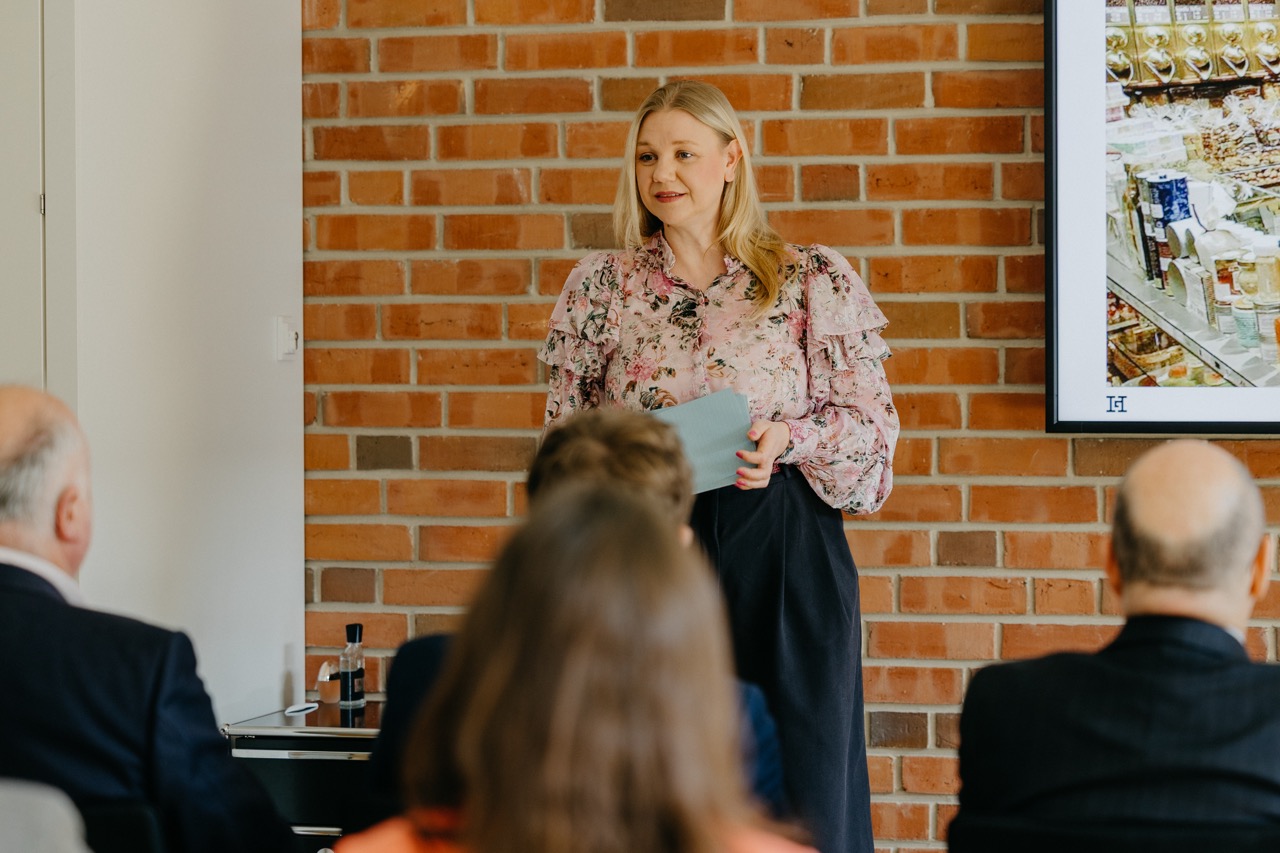
Head of Category Experience Fashion, Accessories Pamela Bergmeyer highlighted several key dynamics including the rise of the toys sector, both in cruise and at airports.
“Toys is an area that we plan to invest in further. It grew over-proportionately in 2024 and it plays a big part in animating our stores such as those onboard AROYA Cruises with best sellers Lego and Playmobil.
“We see the ‘kid-ult’ phenomenon – items that appeal both to kids and adults – playing a greater part too, and will introduce more such products in 2025. Last year, 29% of all category sales were taken by kid-ult products.”
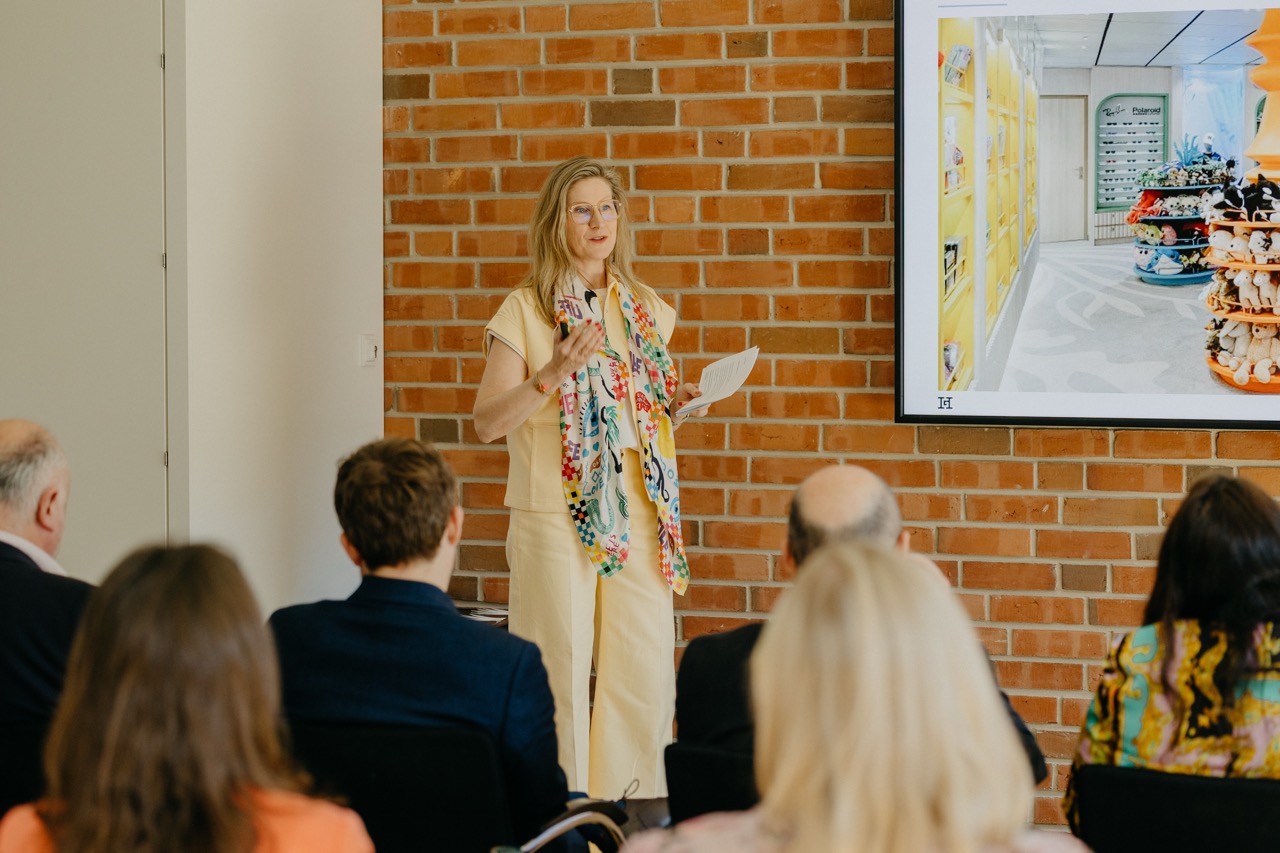
Sunglasses is also undergoing a transformation, with a shift across luxury to premium to commercial, plus the crucial development of core marketplace concepts for the category. Istanbul Airport represents a template for this type of centralised sunglasses space, with Antalya and Jeddah to follow.
Bergmeyer said: “Sunglasses is becoming a defining element in our fashion & accessories marketplaces, with great visibility for trend brands.”
The retailer is also tapping into the trend for pre-loved goods, which is strong on cruise & ferries, she added.
Head of Category Experience Beauty Jeanette Sigari took media guests on a fragrance scent journey. These were led by the best-selling SKU (measured by volume of units sold) across the entire Heinemann network, Cerrutti 1881, priced at the value end (€19.90 for 50ml), plus Creed Aventus (€200 for 50ml), which represents the leading fragrance by value sales across the business, and is the number one fragrance sold at Istanbul Airport.
“Base price fragrances are an important part of the assortment on one hand. Value for money is key. Niche fragrances is the other growth area, one in high demand, and customers are willing to pay more for an artistic scent that is not available everywhere. These two ends of the market are growing but the middle market not so much.
“The base price items represent under 1% of our SKU share but they have a high impact. We don’t need large space but you need to design the furniture for high rotation.”
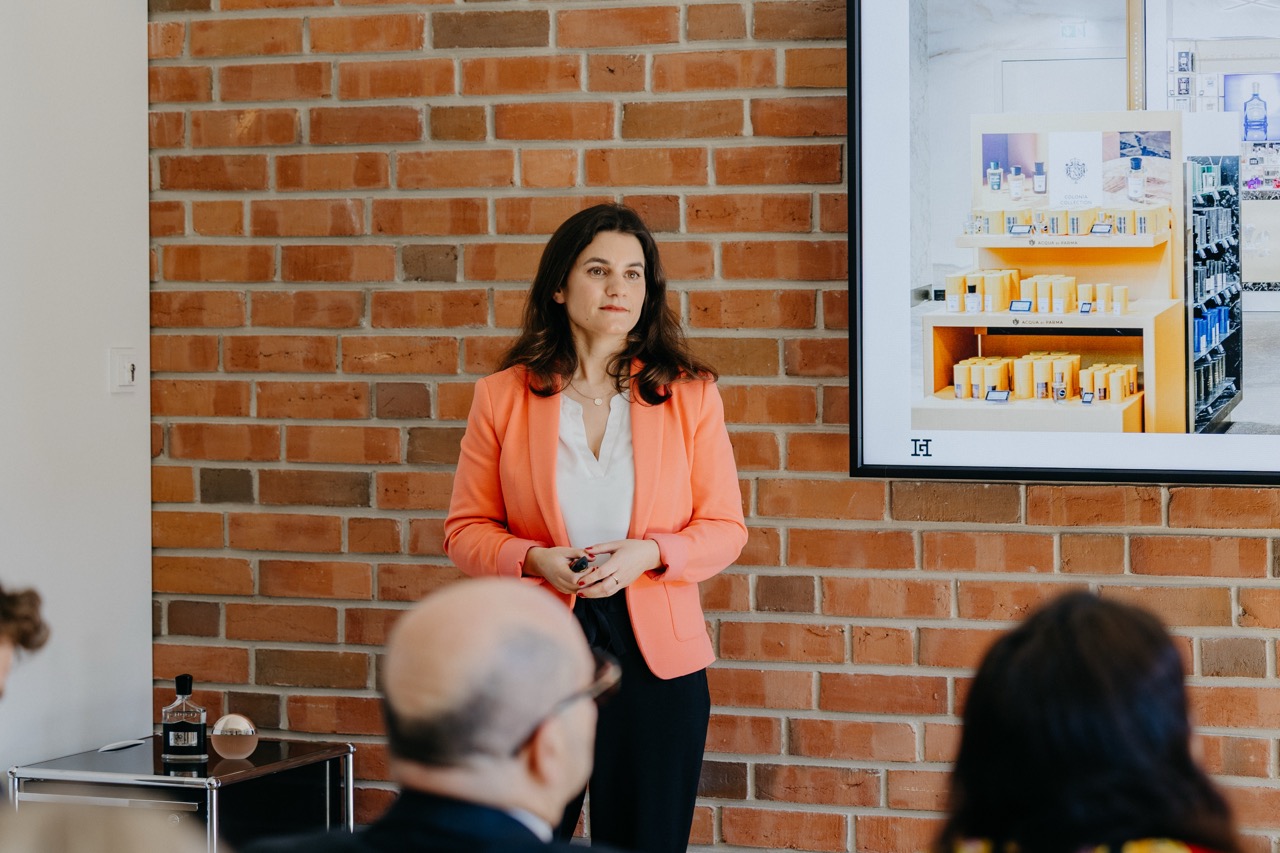
In 2024 niche fragrance grew 15 percentage points faster than the rest of the category, aided by improved distribution plus more visibility. An example of how the sector has gained added profile is in the refurbished store at Vienna Airport, with a back wall featuring four niche fragrances.
“We have seen even in a small space that this store has performed better than other beauty stores at the airport due to the niche fragrances, alongside the overall refurbishment,” noted Sigari.
Openings at Jeddah and Antalya will represent a further raising of the bar for niche fragrances in 2025, but other channels are being added too – including in cruise and border stores.
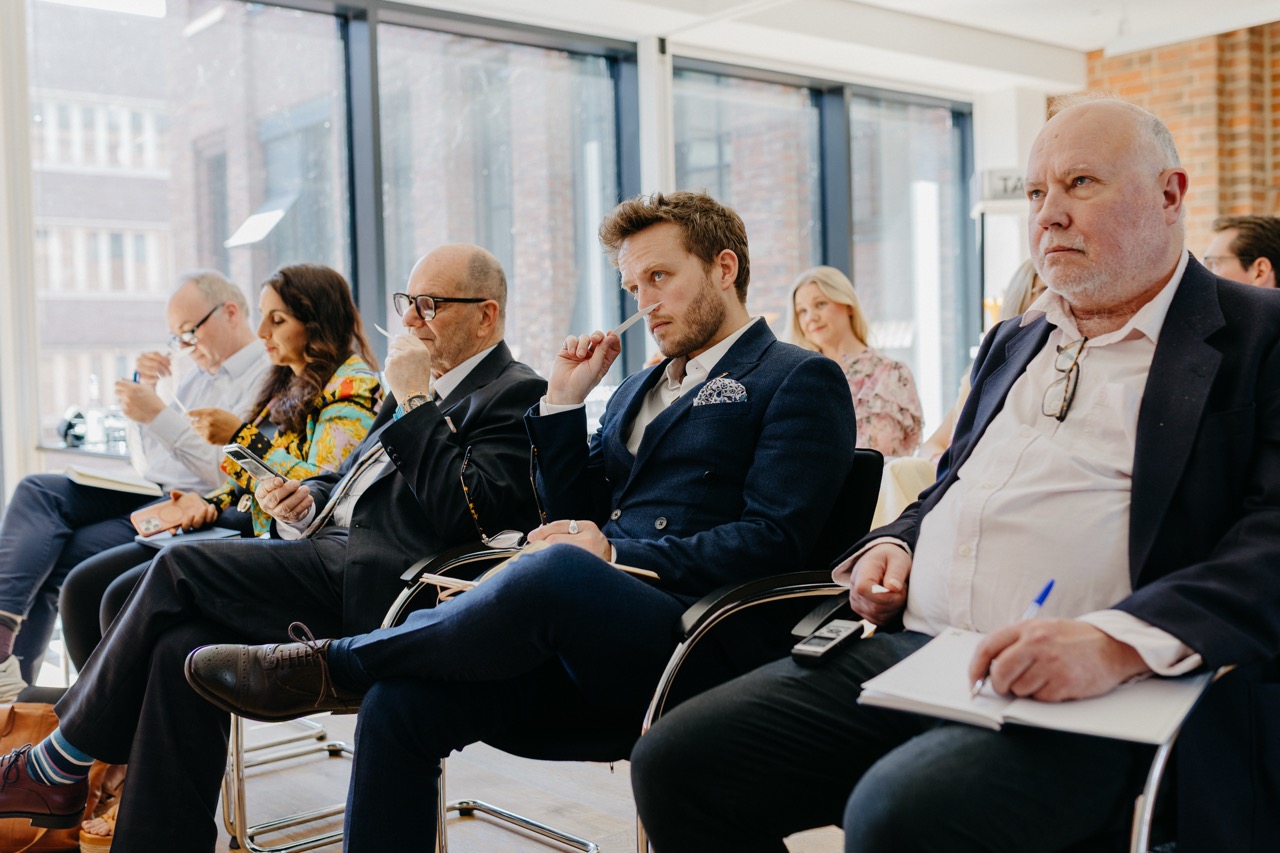
Within niche there is also a distinction between high-value artistic brands priced at €300+ and more commercial lines at prices of around €150. “We have to decide which brands should feature in which locations as we also want the luxury lines to selectively distributed,” added Sigari.
Wellness & Health is another growth category within beauty, with a sharp rise in sleep masks, pillow sprays and supplements blurring the boundaries between beauty and other segments in the broader relaxation and spa space.
Initial pilots for these health & beauty areas in Hamburg and Düsseldorf are being extended to the new Antalya store.
Beauty is at the heart of the Test & Learn spaces that the company is now rolling out to entice younger consumers with on-trend brands. An example is Kess Berlin, which began with an online presence and has trended well on social media.
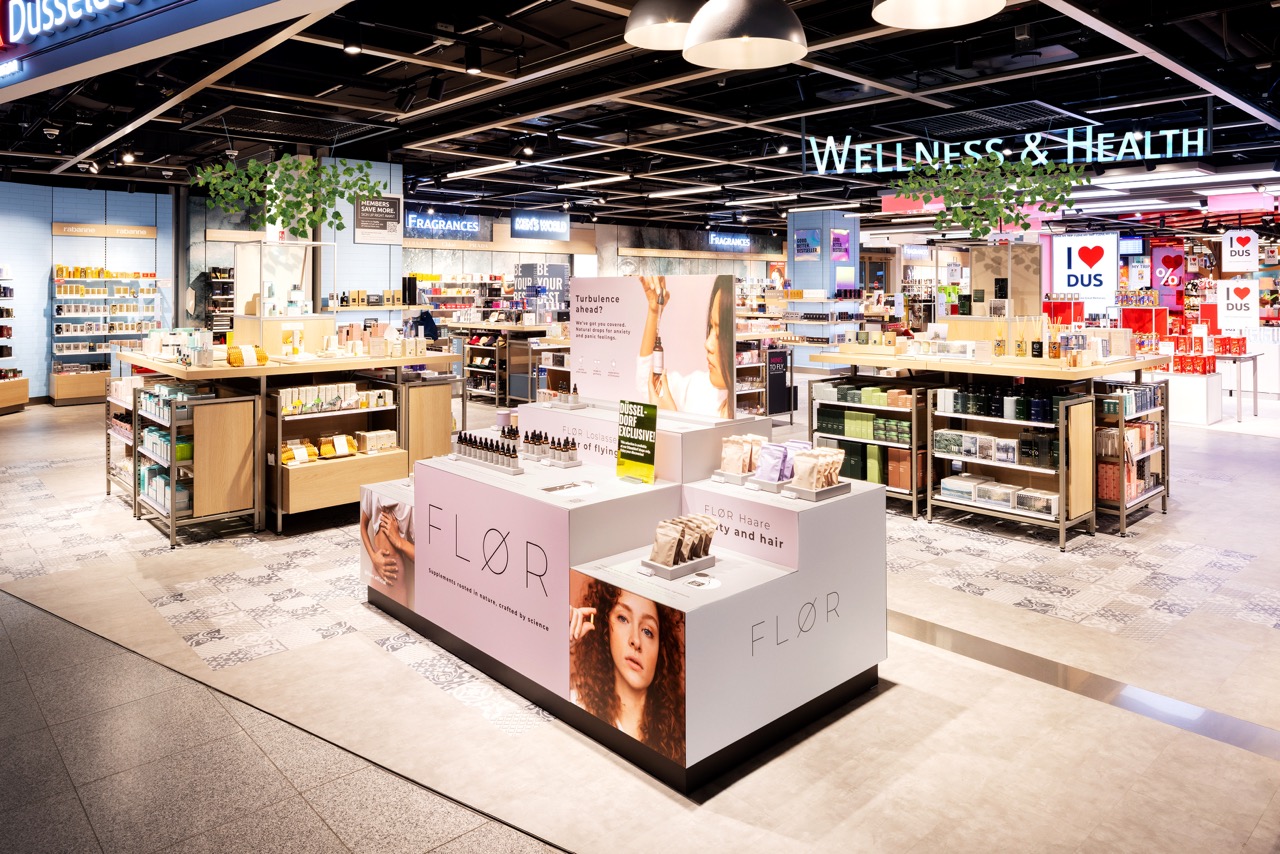
Sigari noted: “We see that many people who buy Kess with us don’t buy other bands, which is a signal that they entered the store because of this brand as they didn’t find anything else they wanted. That extends our audience.
“We lower the barriers for them, not only on cost but also on the amount of detail they should provide for our master data system.”
On average these independent brands are tested for between four and six months.
“This is enough time to say whether a brand has worked or not. In beauty a brand might appear on day but be gone almost the next, so fast listing in response is important, and we can check whether the trend is sustained.”
Around one in five of these independent brands performs well enough by turnover to be retained, the company estimates.
Chief Commercial Officer Inken Callsen offered a view on trialling new products from a management viewpoint. “Offering brands a test space close to the store entrances can act as a draw for passengers who didn’t intend to enter.
“We have to open the door to newness, or the assortment does not change. So removing hurdles to entry is important. We can help the brands to grow if they are the right brands. And then we can scale them if they succeed.”
Gebr. Heinemann applies the Test & Learn approach to liquor, tobacco & confectionery too, with a similar success rate as above for new brands, according to Head of Category Experience Liquor, Tobacco, Confectionery Bastian-Philipp Müller.
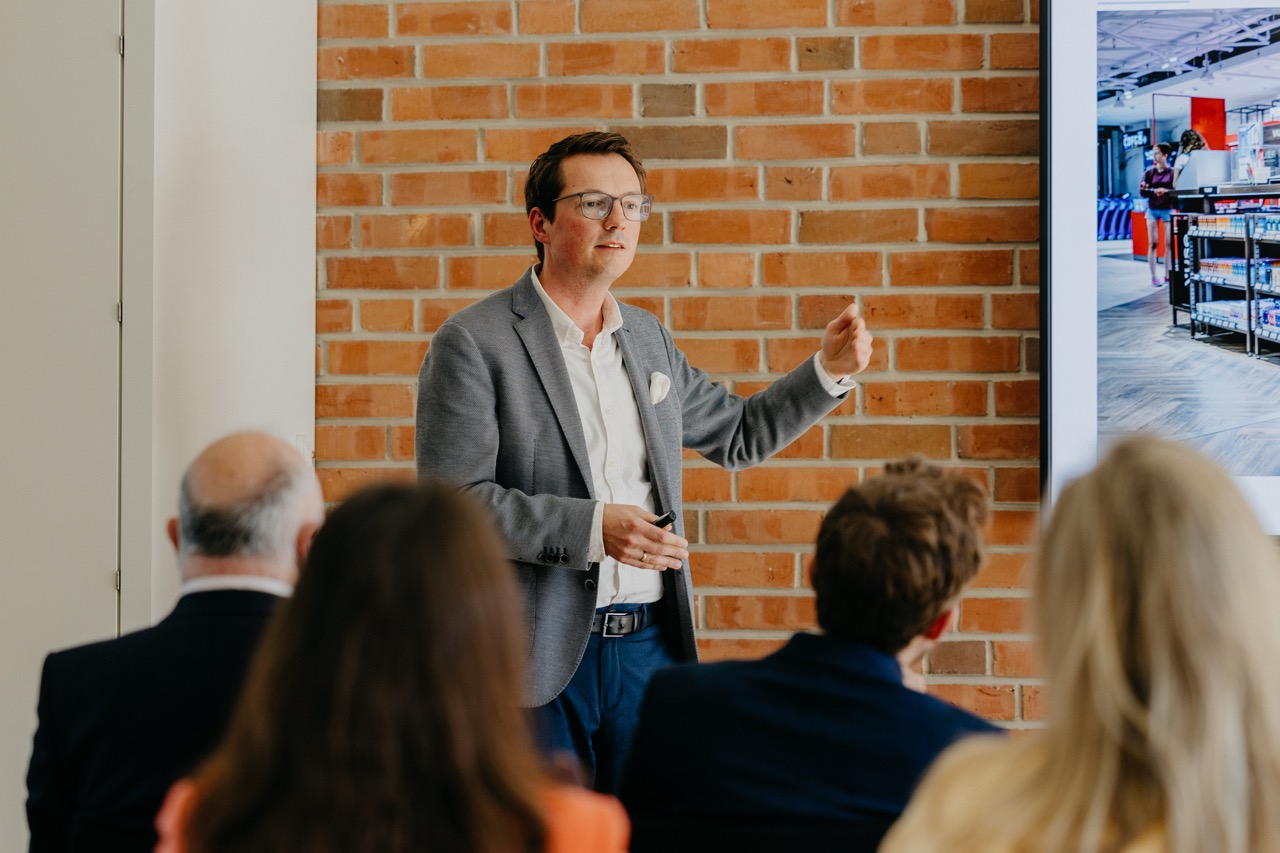
“It helps our reputation if a traveller sees a brand they love from social media at an airport, so success can come in different ways,” said Müller.
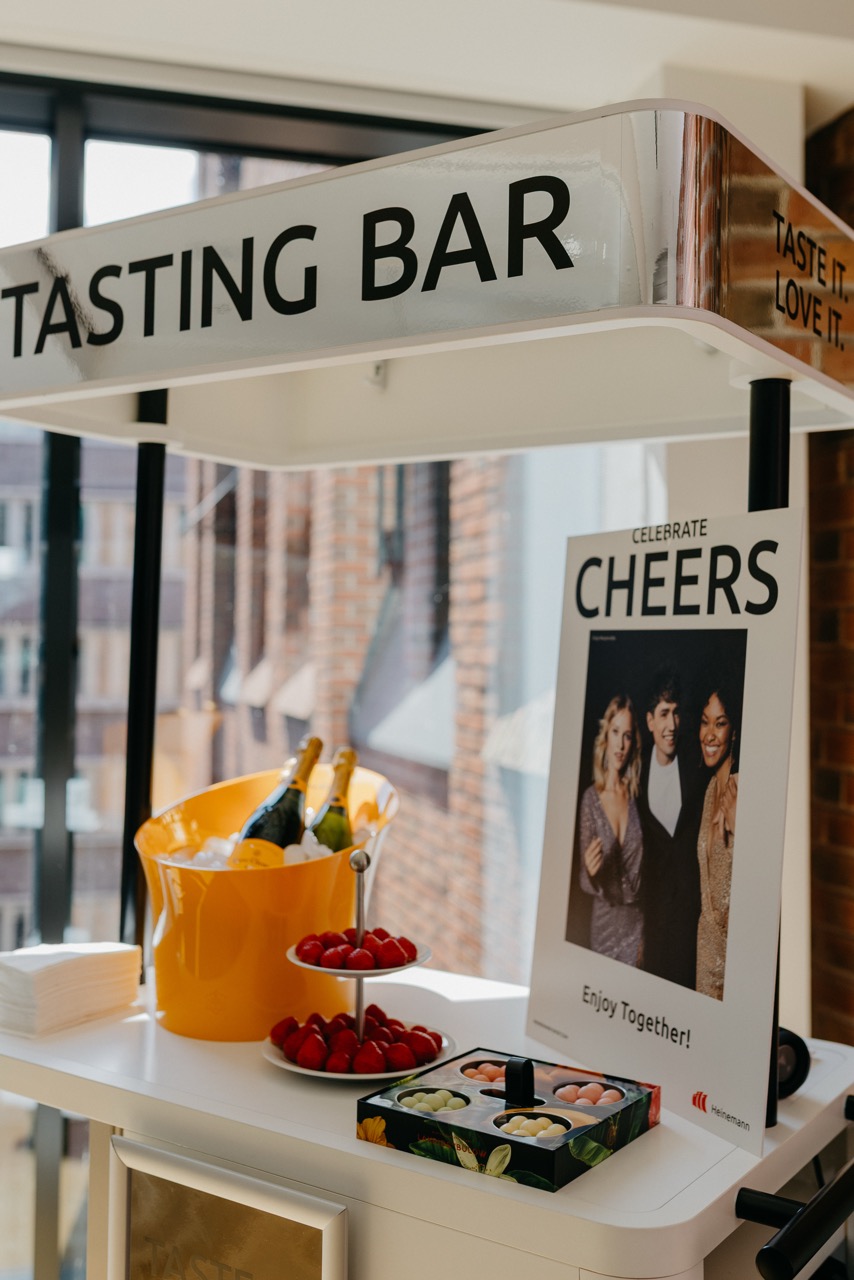
He noted that the industry has to transform itself to adapt to a younger, well-travelled generation that drinks less, smokes less and generally consumes differently to their predecessors. Gen Z in particular is becoming critical, at around 15% of spend share in travel retail today.
Trends include the rise of tequila and ready-to-drink in liquor and Next Generation Products (NGPs) as a new category developed by tobacco companies.
Heinemann has supported investment in this fast-growing segment by adding category furniture that pulls all brands into on place and explains how to use NGPs. The addition of educational tools and a single space at Vienna Airport for example, has driven a +70% surge in this sub-category’s sales.
“This underlines that experience is about convenience,” said Müller. “This is a young category and many people don’t know it, so if you integrate education on top of the furniture it works.”
Experience can mean inspiration too, he added. A vibrant Gin Festival at Düsseldorf Airport brought together around 15 gin brands showcased in one place, offering exposure for mostly smaller suppliers and delivering a +50% sales uplift for each on average.
“Some brands could never afford to take this space on their own but combined they can be part of a great activation. In this case 50% of all gin sales during this campaign period came from the Festival alone. It supports our ‘category before brand’ approach. We will extend this idea to other categories.”
Personalisation to drive experience is another focus, with the company highlighting its Lift & Learn digital technology to support brand education. Another is the Champagne Finder available at Istanbul Airport’s Les Caves de Champagne retail spaces, which allows shoppers to choose a product that reflects their tastes.
Other innovations include a mobile, high-class tasting trolley that can feature cross-category promotions plus a soundscape concept soon to be introduced at Copenhagen Airport that will create different moods through music, which changes by category. ✈




